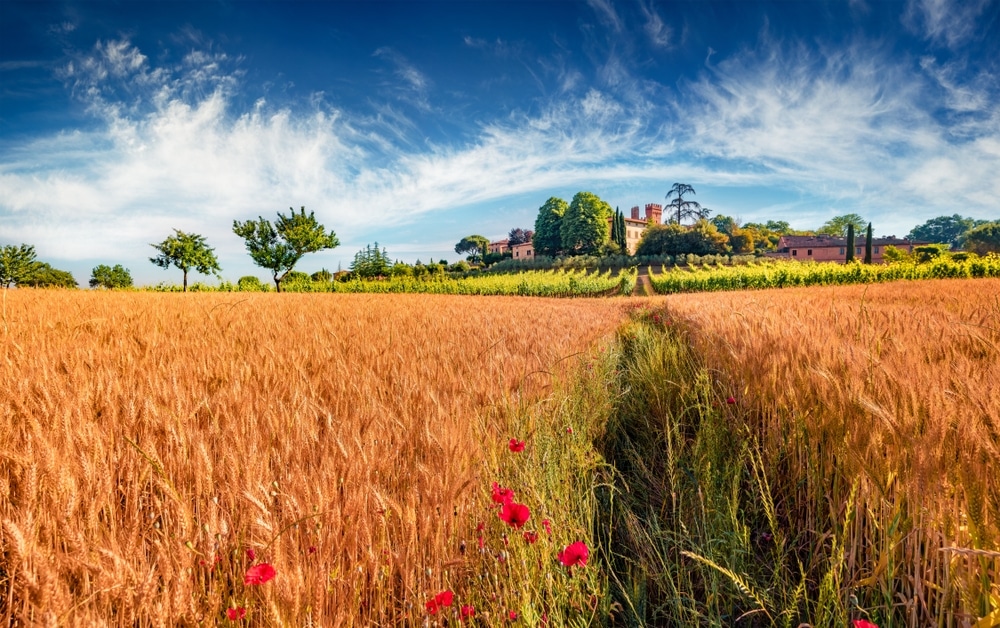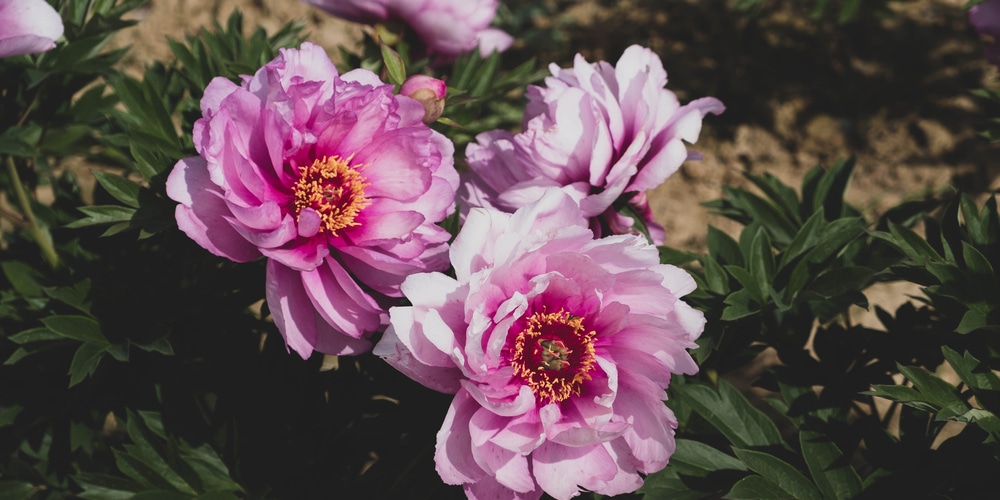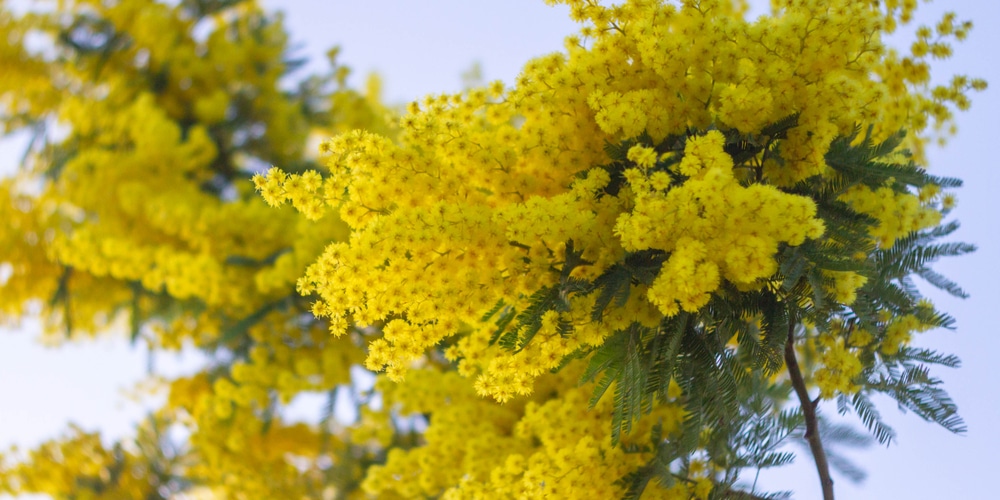You may picture Italy as a charming place with plenty of colorful flowers hanging from the balconies. And the truth is that you wouldn’t be too far from the truth. After all, the country has a varied climate and growing conditions that accommodate plenty of flowers’ growth. From the Mediterranean to the Alps, Italian flora is stunning and vibrant. Let’s look at some of the best Italian flowers.
Italian flowers
If you want to bring some Italian vibe to your garden, we are here to help you! Here is a list of Italian flowers you may want to know about to decorate your house with Italy’s native species.
Carnation
Carnations are gorgeous Mediterranean-native plants that have been around for thousands of years. Indeed, this species is present in ancient Greek literature and is nowadays one of the most common gifts for Mother’s day as they symbolize motherly love.
You can find them in various colors, each representing a different meaning. Some people even like to add them to wedding bouquets. If you decide growing carnations in your garden, ensure they receive enough sunlight: they need at least 6 hours of direct sun to thrive. Also, avoid exposing them to temperatures below 40°F.
Lily
Lily has plenty of symbolism in Italy. It is a traditional flower in Italy, where locals use it as decorations for celebrations. This plant stands for love and family. Plus, it is also the emblem of the city of Florence. In the Middle Ages, this flower was also the symbol of purity and was associated with the Virgin Mary.
As there are several lily varieties, each color has a different symbolism. Yellow stands for passion, white for modesty, and orange, for passion. In the proper climate, you won’t have issues growing these delicate-looking flowering plants in the United States!
Chrysanthemums
While in other parts of the world, these plants represent joy, in Italy, mums symbolize death. However, you can always grow these ancient plants in your garden. After all, these plants come in different colors and display foliage in an attractive alternating pattern that can make your garden look unique.
To minimize issues and have an easier time growing these plants, consider getting the hardy varieties: they withstand most climates and temperatures and will give you plenty of satisfaction.
Italian Poppies
You may have seen pictures of Tuscan fields with plenty of red flowers: they are Italian poppies. These flowers are traditional to Italy and grow best in the gorgeous region of Tuscany. While the blooms are commonly deep red, you can find them even in other colors. In Italy, Italian poppies flower in May and represent the starting of the summer season.
It might be worth noting that these flowers have a strong presence in Greek mythology, where they were often associated with death or eternal sleep.
Oleander
Oleander is a gorgeous flowering shrub native to the Mediterranean region. If you live in a suitable climate, you can grow it in your garden and enjoy its lush foliage and delicate-looking blooms in the spring and summer.
Under the ideal growing conditions, oleander may get up to 20 feet tall. You can find them in various colors, including white, salmon, and burgundy. Ensure you plant them under the full sun in well-draining soil. Once you give them that, you’ll realize that these shrubs are relatively easy to grow.
Peonies
Peonies are stunning flowering plants native to Europe and Asia (thus, Italy) that you could try growing in your garden. Their meanings depend on where you grow them. However, you may want to know that these flowers symbolize discretion in Italy.
Regardless of why you decide to add them to your garden, you won’t be disappointed: with proper care, you’ll get gorgeous flowers. Consider mixing more than one variety to add an eye-catching splash of color to your outdoor spaces. However, these plants can be delicate and fussy: ensure your USDA hardiness zone suits their needs to prevent issues!
Mimosa
Mimosa is not a native Italian flower (it comes from Australia and New Zealand), but it is a traditional flowering plant in this country. In Italy, for centuries, people have been offering this plant to women on March 8th, International Women’s Day.
Also, not many people know this, but mimosa is a sensitive plant: its leaves will close together at the slightest touch! Grow it as a houseplant to get the most out of it and keep it moist to avoid issues.
Related Article: Flowers That Start With I






